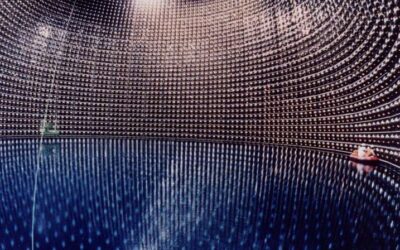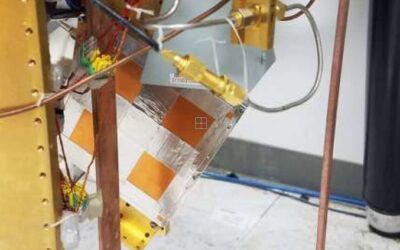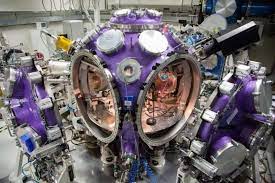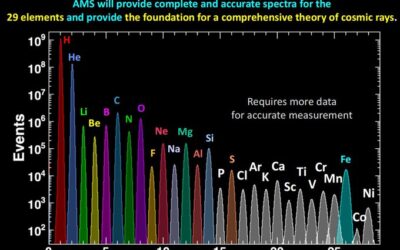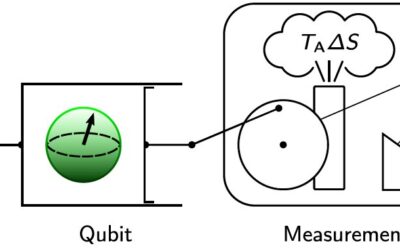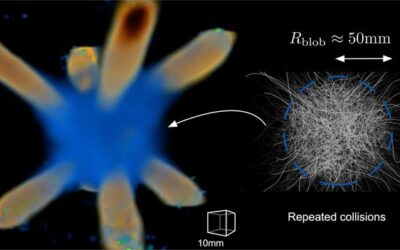Physicists worldwide are trying to detect dark matter (DM) particles and their interactions with visible matter using various strategies and detectors. As these particles do not emit, reflect or absorb light, they have so far proved to be very difficult to observe,...
PHYS.ORG
A solid-state quantum microscope that controls the wave functions of atomic quantum dots in silicon
Over the past decades, physicists and engineers have been trying to develop various technologies that leverage quantum mechanical effects, including quantum microscopes. These are microscopy tools that can be used to study the properties of quantum particles and...
Study sets new constraints on the kinetic mixing of hidden photon dark matter
As dark matter is comprised of particles that do not absorb, emit or reflect light, it cannot be observed directly with the methods used to observe conventional matter. In recent years, astrophysicists worldwide have thus been devising methods that could help to...
Study reports melting curve of superionic ammonia under icy planetary interior conditions
Icy planets, such as Uranus (U) and Neptune (N), are found in both our solar system and other solar systems across the universe. Nonetheless, these planets, characterized by a thick atmosphere and a mantle made of volatile materials (e.g., hydrogen water, ammonia,...
Research group unveils properties of cosmic-ray sulfur and the composition of other primary cosmic rays
Charged cosmic rays, high-energy clusters of particles moving through space, were first described in 1912 by physicist Victor Hess. Since their discovery, they have been the topic of numerous astrophysics studies aimed at better understanding their origin,...
A quantum Szilard engine that can achieve two-level system hyperpolarization
Quantum computers, machines that perform computations exploiting quantum mechanical phenomena, could eventually outperform classical computers on some tasks, by utilizing quantum mechanical resources such as state superpositions and entanglement. However, the quantum...
Could quantum gravity models arising from holography explain cosmological acceleration?
Theoretical physicists have long been trying to devise a complete theory of gravity that would also account for quantum mechanics phenomena, as existing models do not. Such a theory could collectively explain the many intricate physical and cosmological phenomena...
Studying the parenting behavior of poison frogs using tadpole-like robots
Over the past few decades, roboticists have developed robots inspired by a wide range of animals, including dogs, snakes, birds, spiders, bats, octopus, and different types of insects. These robots were primarily designed to tackle real-world practical problems, for...
A new approach to controlling the properties of turbulence
Turbulence, a fluid motion characterized by chaotic changes in flow velocity and pressure, has been the topic of countless physics studies. Although turbulence is a very common phenomenon that occurs in nature, manipulating it and controlling its properties had so far...
Study reveals the existence of the swallowtail catastrophe in non-Hermitian systems
Researchers from the Hong Kong University of Science and Technology, Xiangtan University and Southern University of Science and Technology recently unveiled a possible connection between catastrophe theory, an area of mathematics that focuses on modeling sudden...

